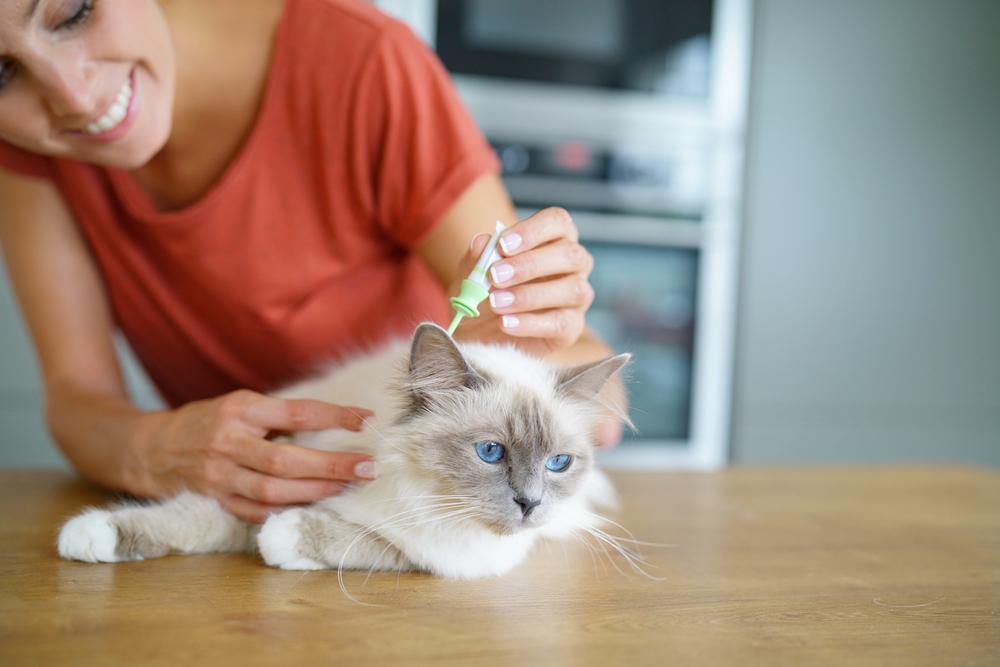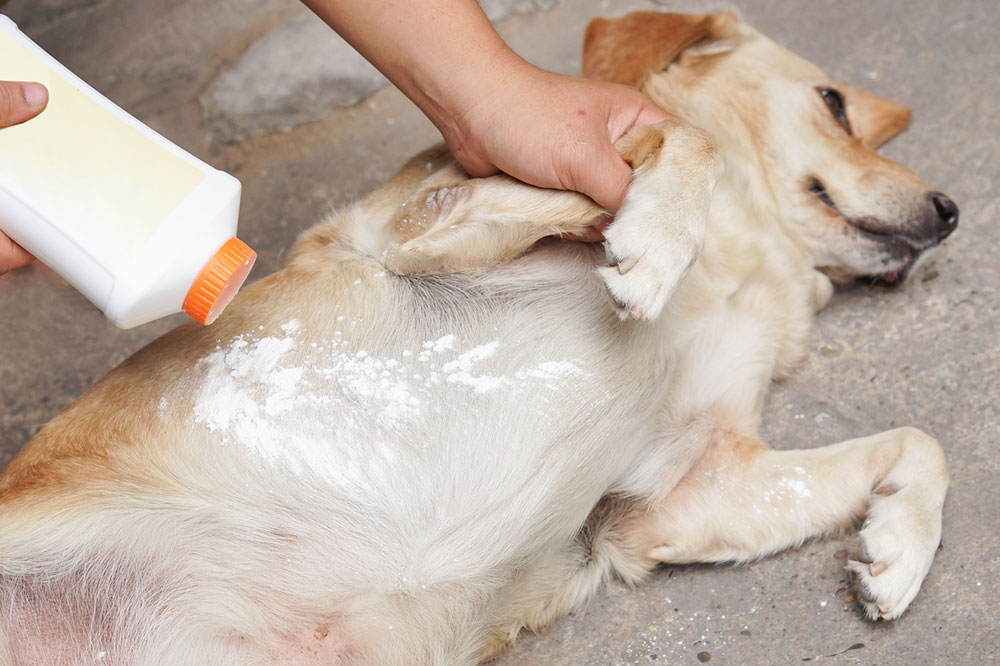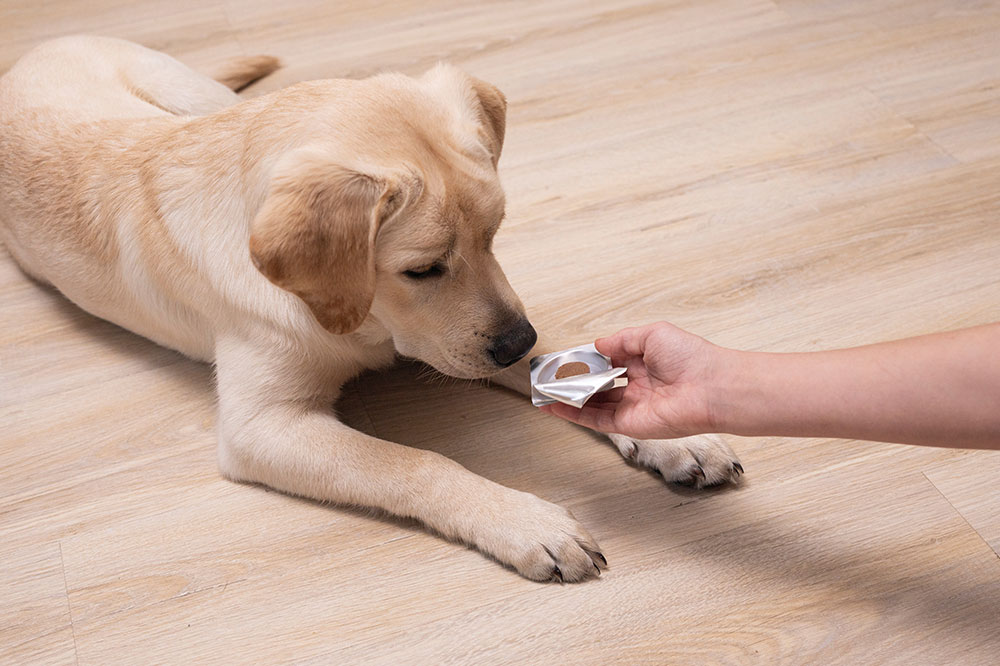Effective Strategies and Treatments for Flea Prevention in Pets
Learn effective flea prevention strategies for pets with proven methods like topical treatments, environmental control, and regular grooming. Early detection and proper treatment are key to keeping your furry friends flea-free and healthy. Discover essential tips to protect your pets and home environment from infestations efficiently.

Effective Strategies and Treatments for Flea Prevention in Pets
Top Techniques and Products for Flea Prevention
Fleas are common parasites that pose a significant threat to pets like dogs and cats. Once these pests latch onto your pet's fur, eliminating them can be tricky, especially if the infestation progresses. Thankfully, early intervention with modern flea control products can quickly resolve the issue. Recognizing the signs and taking prompt action is crucial for your pet's health and comfort.
Risks Associated with Fleas
Fleas live on your pet's coat, feeding on their blood. They lay eggs in your pet's fur or environment, leading to infestations that can cause discomfort or health problems. Persistent scratching, hair loss, and skin irritation are common indicators of fleas. If untreated, fleas can cause wounds and transmit diseases.
Early detection and treatment are essential. Look for signs such as frequent scratching, biting, or visible small dark spots on your pet’s skin or bedding. Regular inspection helps prevent severe infestations and maintains your pet’s well-being.
Top 10 Flea Prevention and Treatment Options
Advances in pet care have made flea control more accessible. Here are some effective methods to protect your pets and home environment:
Flea powders - Traditionally used, flea powders are applied topically on pets. Follow veterinarian instructions for safe and effective use. Reapplication may be necessary for ongoing protection.
Flea shampoos - Flea shampoos offer quick relief by killing fleas on contact. Regular bathing during an infestation can help reduce their numbers, though effects are temporary.
Flea collars - Flea collars release substances that kill fleas larvae and adults. They are effective mainly around the collar area and provide extended protection.
Flea sprays - Sprays can be directly applied to your pet’s coat or environment. They provide short-term relief but should be used with caution, following vet recommendations.
Spot-on treatments - These topical applications are applied to specific areas on your pet's skin and offer long-lasting flea control, including some effects on larvae. Always consult your veterinarian before use.
Oral medications - Vets may prescribe pills that provide long-term flea prevention. Administered correctly, these medications eliminate fleas rapidly and reduce reinfestations.
House cleaning - Regular vacuuming and cleaning of bedding and carpets help remove fleas and eggs. Adding flea collars to vacuum bags can increase efficacy.
Washing bedding and textiles - Thoroughly clean all pet bedding, cushions, and carpets to eradicate fleas and their eggs.
Environmental control products - Use foggers, sprays, and powders designed for home environments to eliminate fleas residing indoors.
Natural and chemical insecticides - Apply safe insecticides to yards and gardens to prevent fleas from spreading outdoors and to create a flea-free zone around your home.
Controlling fleas requires a combination of treatment and environmental management. Consistent care, including regular grooming and cleaning, can keep your pets healthy and flea-free.
Note:
Our blog provides valuable, general information on pet health topics. These insights are meant for informational purposes and should not replace professional veterinary advice. Always consult with your vet before starting any flea treatment plan. We do not assume responsibility for incorrect usage or differences in treatment effectiveness across different cases. Stay informed and prioritize your pet’s health with professional guidance.










